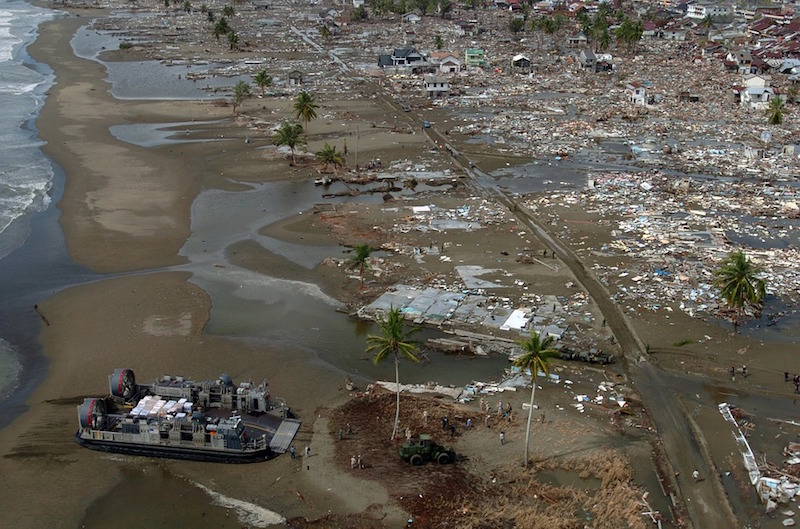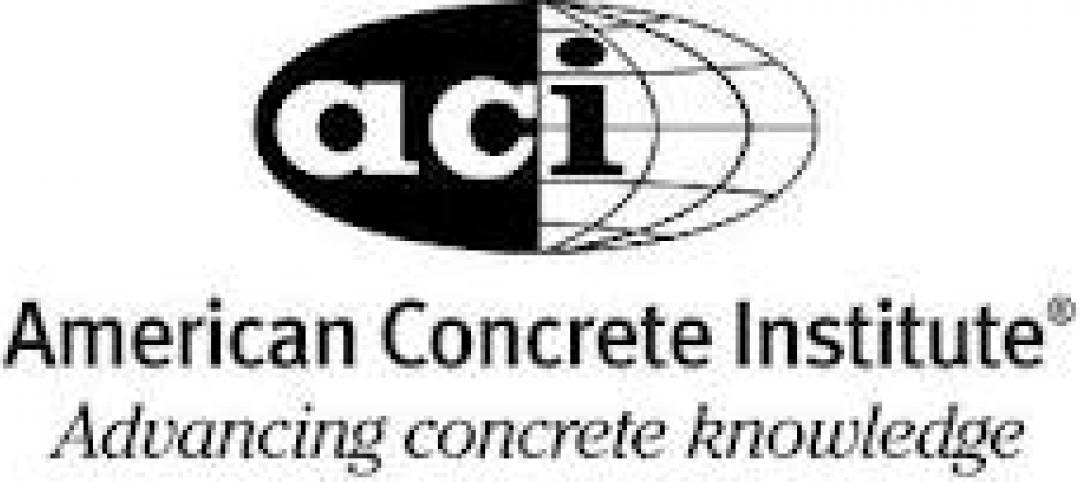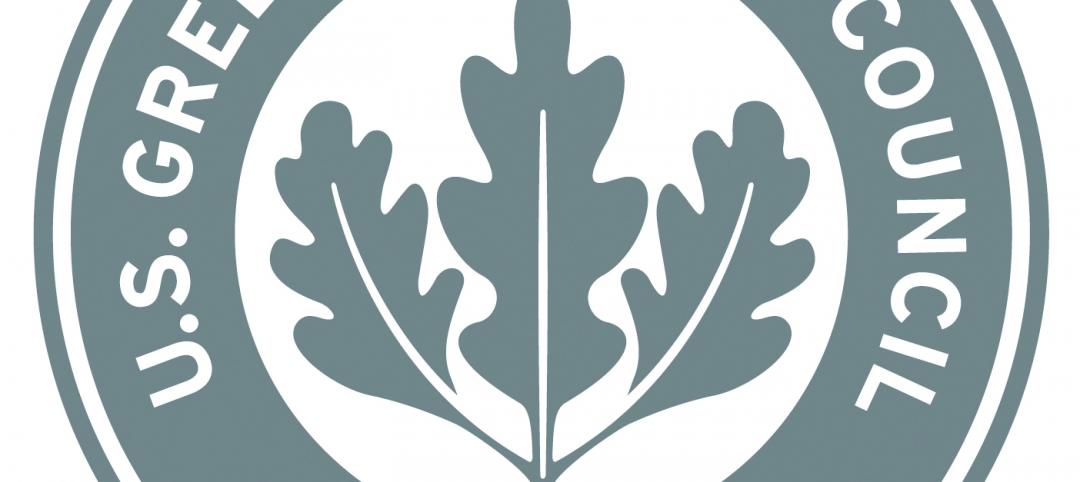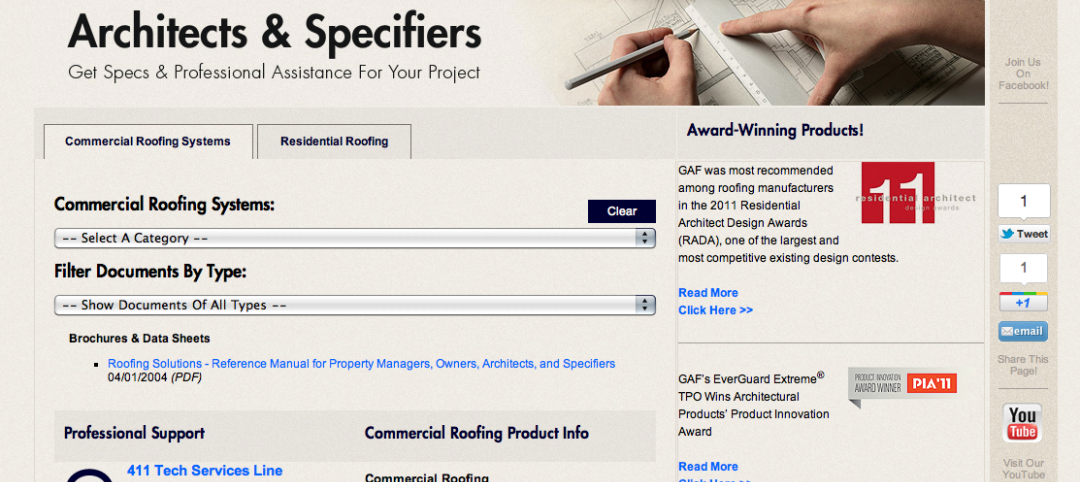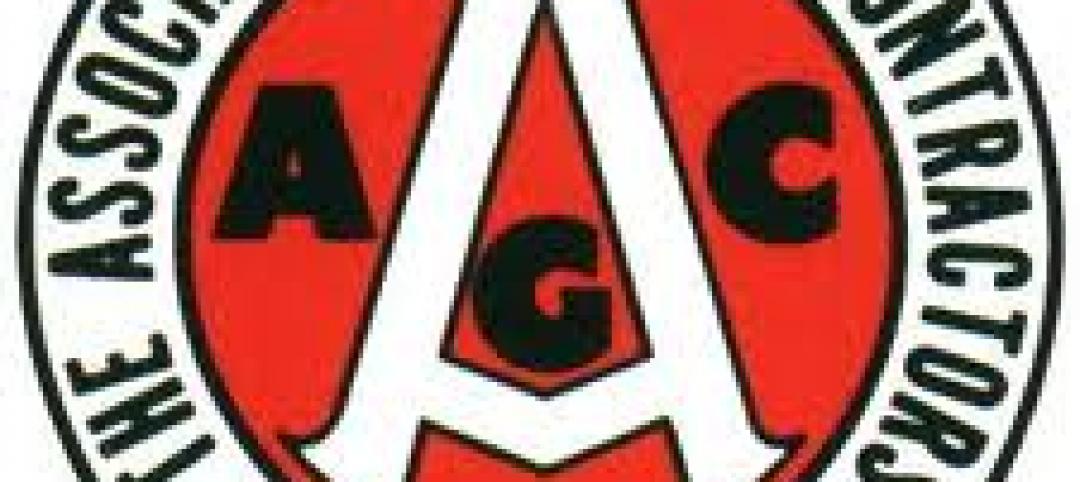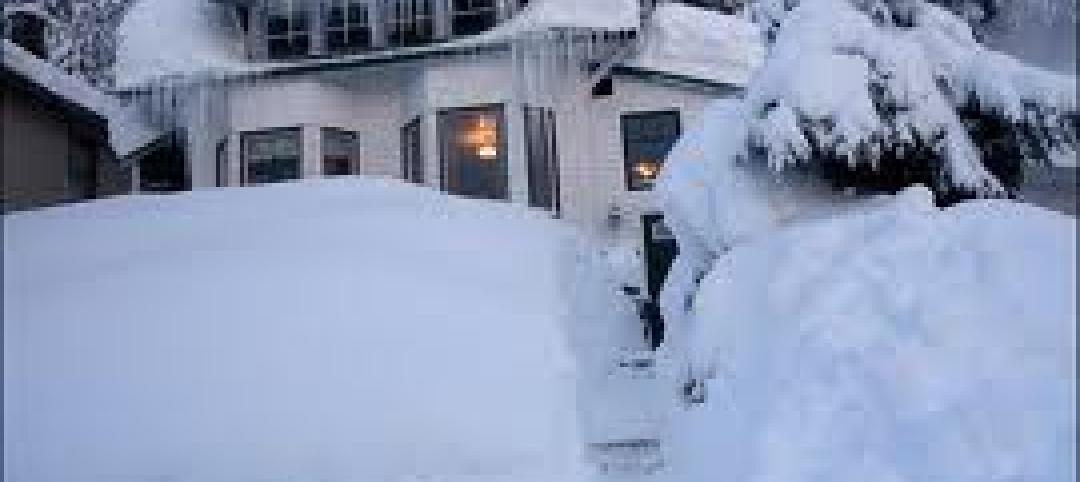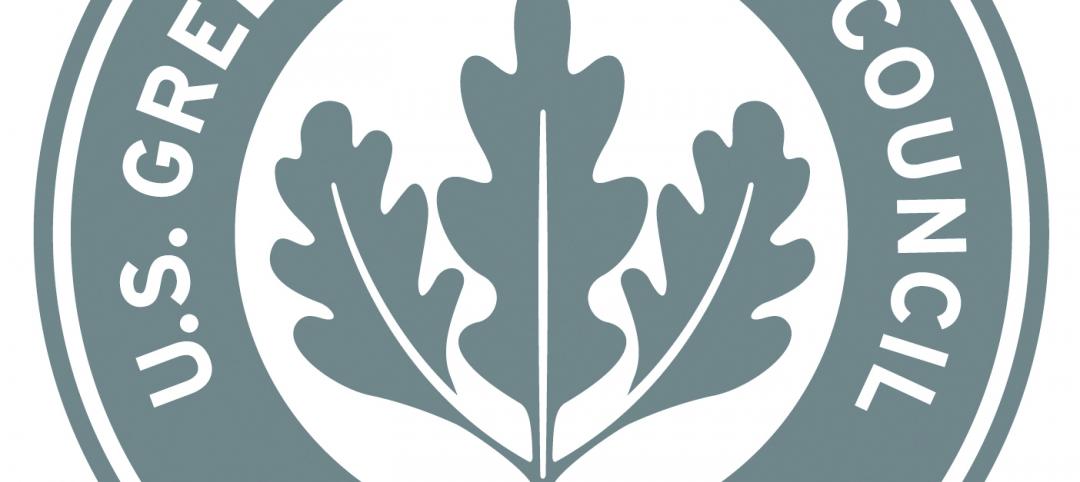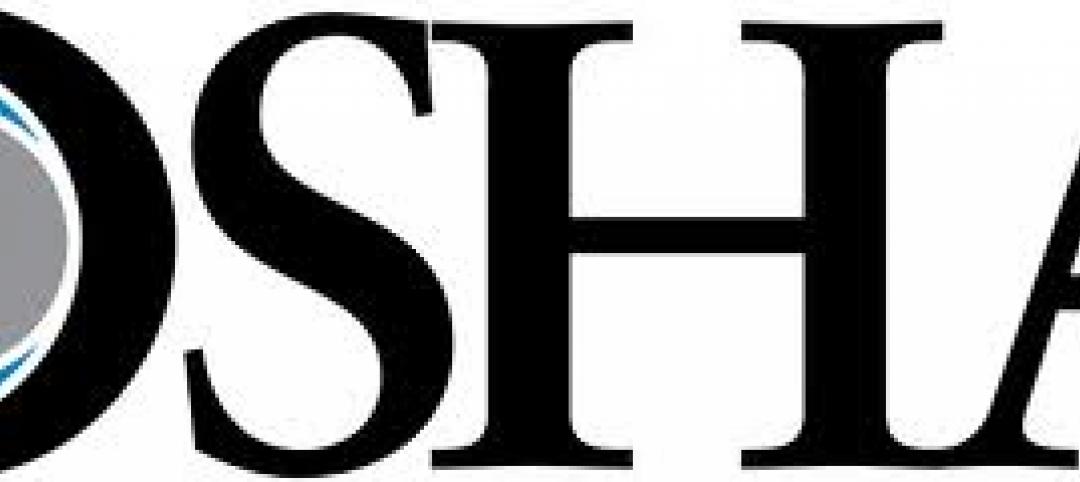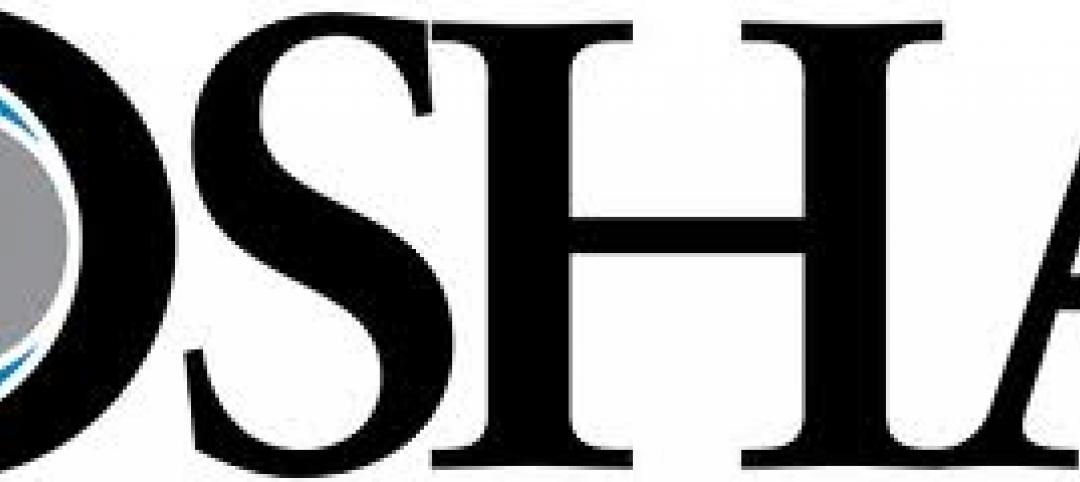For the first time in the U.S., national construction standards will address the risk of tsunamis.
The American Society of Civil Engineers has developed a new edition of ASCE 7-16, the first to include a chapter on tsunami hazards, in addition to chapters on seismic, wind, and flood hazards. The tsunami standards are only for steel-reinforced concrete buildings in “inundation zones.” They will not apply to wood-frame structures.
The committee that developed the new standard began work in late 2010, a few months before the March 2011 earthquake and tsunami that devastated Japan.
“We weren’t reacting,” according to Dan Cox of Oregon State University, a professor of civil and construction engineering in the OSU College of Engineering, and one of about 20 engineers on the ASCE committee that developed them. “We were trying to do this in advance. After the 2011 event, interest accelerated regarding how to build things safely in a tsunami zone, and it was important that the subcommittee contained people familiar with how codes work and academic researchers who can bring in the latest advances.”
The tsunami standards will have the most impact on engineers designing and building structures less than about five stories in height. Above five stories, even-stronger building codes will take precedence over codes to protect smaller structures from tsunamis. The new standards can also be used on retrofit projects.
Related Stories
| Feb 22, 2012
ACI BIM manual for cast-in-place concrete in development
The improved communication, coordination, and collaboration afforded by BIM implementation have already been shown to save time and money in projects.
| Feb 20, 2012
Comment period for update to USGBC's LEED Green Building Program now open
This third draft of LEED has been refined to address technical stringency and rigor, measurement and performance tools, and an enhanced user experience.
| Feb 20, 2012
GAF introduces web portal for architects and specifiers
The new portal offers a clean look with minimal clutter to make it easier to find the technical information and product data that architects need.
| Feb 17, 2012
AGC advocates for federal procurement reform
Ensure that small business goals take into consideration actual small business capacity in relevant specialty markets.
| Feb 17, 2012
Codes not to blame for Anchorage roof collapses following heavy snows
Design or construction problems likely contributed to the collapses, according to city officials.
| Feb 17, 2012
Comment period opens March 1 for LEED 2012 update
USGBC says that LEED's strength comes from its continuous evolution.
| Feb 17, 2012
OSHA training videos on proper respirator use available online
17 short videos to help workers learn about the proper use of respirators on the job.
| Feb 17, 2012
Union/employer collaboration on the rise aimed at exceeding OSHA safety standards
Unions have learned to help employers win contracts with bids made competitive through good safety practices.
| Feb 16, 2012
Gain greater agility and profitability with ArchiCAD BIM software
White paper was written with the sole purpose of providing accurate, reliable information about critical issues related to BIM and what ArchiCAD with advanced technology such as the GRAPHISOFT BIM Server provide as an answer to address these issues.


